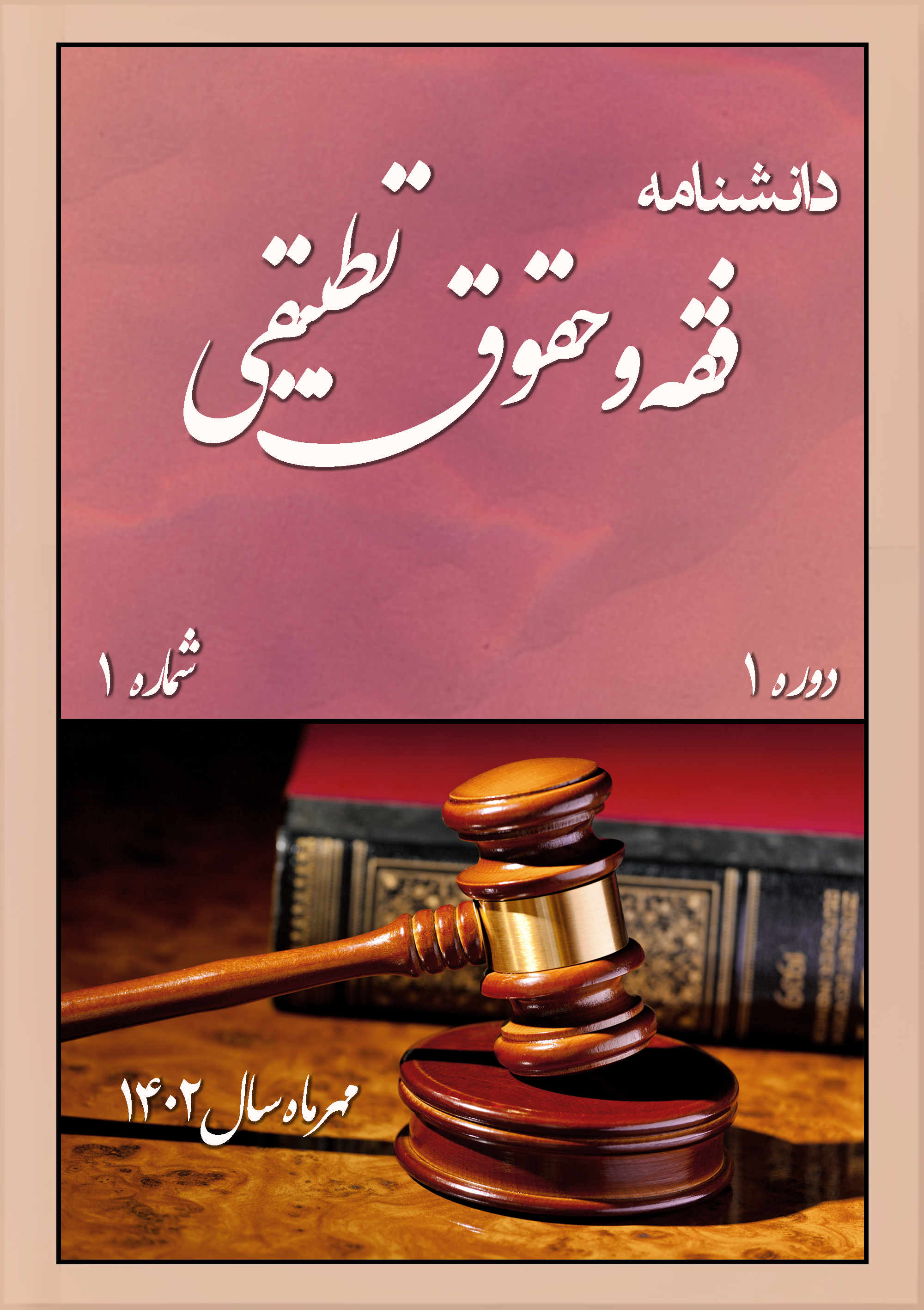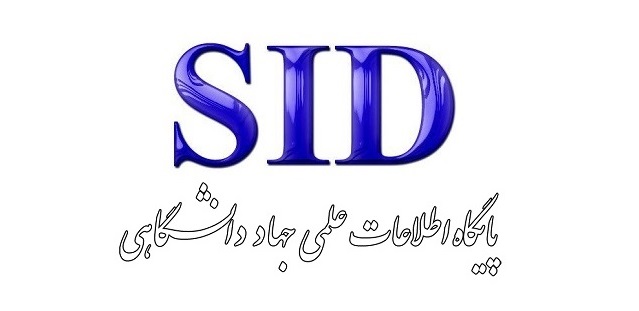Analysis and Explanation of the Human Rights Dimensions of Security Surveillance
Keywords:
human rights, security surveillance, liberty, human securityAbstract
Ensuring the security of individuals in society while adhering to human rights principles is among the core responsibilities of the state. However, this study, while acknowledging the significance and necessity of this duty, aims to elucidate and examine the impact of citizens’ roles and participation in achieving desirable and sustainable security. Undoubtedly, security that stems from the collaboration, empathy, and synergy of various social groups with security institutions is enduring and resilient. Given that there are numerous commonalities—particularly in some key areas of human rights such as the right to life, human dignity, the right to liberty, and the rights to education and upbringing—between Islamic human rights and what is referred to as universal human rights, despite the foundational and ideological differences between them and what we consider as the “rights of the nation” based on the Constitution of our country, and despite the fact that this issue has become a point of pressure, negotiation, and exploitation by major powers, it is essential to design a model encompassing explanatory, defensive, and offensive approaches for interaction within this framework. Clarifying common principles and establishing grounds for joint cooperation—while avoiding insistence on exchanging points of divergence—provides a context for reducing conflicts. Consequently, human rights and human security, due to their shared focus on a common subject—namely, "human dignity" and the development of various dimensions of human life including individual, social, and international aspects—possess the potential for mutual reinforcement and synergy. Human rights provide the necessary legal and juridical foundations for realizing human security strategies, namely "protection" and "empowerment." In return, human security, by emphasizing the operational dimensions of international human rights instruments—especially economic, social, and cultural rights and the securitization of certain shared concerns with human rights—offers the necessary support for goals explicitly stated in global human rights instruments.
Downloads
References
Azizi Alavicheh, H. (2010). Conceptualizing Security: A Review of Security Threats. Strategic Studies Research Institute.
Ghari Seyed Fatemi, S. M. (2019). Contemporary Human Rights (Vol. 1). Negah Moaser.
Ghorbanpour, A., Ranjbari, A., & Mazhari, M. (2019). Explaining the Nature and Powers of Iran's Supreme National Security Council with Emphasis on Decisions Related to Nuclear Activities. Legal Strategy, 1(4), 131-164.
Hashemi, S. M. (2014). Constitutional Law of the Islamic Republic of Iran (Vol. 2). Mizan Publishing.
Markaz Malmiri, A. (2006). Rule of Law: Concepts, Foundations, and Interpretations. Iranian Parliament Research Center.
Mehrpour, H. (2008). Concise Constitutional Law of the Islamic Republic of Iran. Dadgostar Publishing.
Monfared, M., & Tabatabaei, S. A. (2017). A Review of Human Rights Treaty Bodies' Mechanisms. Islamic human rights studies(12).
Navazani, B. (2011). The UN Charter and Fundamental Reforms in the United Nations. Journal of Political and International Approaches(7), 71.
Reisi, L., & Ghorbanipour, M. (2020). The Legitimacy of the UN Security Council's Legislative Authority in Combating Terrorism: A Self-Reconstruction of International Law. Journal of Public Law Studies(50).
Sadat Meidani, S. H. (2015). Legislative Competence of the UN Security Council. Ministry of Foreign Affairs Publishing Center.
Sharif, M. (2014). A Review of the Doctrine of Unlimited Powers of the UN Security Council. Ettelaat.
Sheikhi, M. B. (2010). A Perspective on the Legal Status of the UN Human Rights Council. Journal of Law and Political Science, Faculty of Law and Political Science, University of Tehran(40).
Vakil, A., & Askari, P. (2009). The Constitution in the Current Legal Order. Majd Publications.
Zakerian, M., & Mokhtari, B. (2019). An Analysis of the Performance of the UN Human Rights Council's Special Procedures Mechanism in Promoting Respect for Human Rights. Quarterly of International Organizations(6).
Zamani, S. G. (2014). Law of International Organizations. Shahre Danesh Publications.
Downloads
Published
Submitted
Revised
Accepted
Issue
Section
License
Copyright (c) 2025 Mehdi Eslaminia (Author); Mohammad Bahadori Jahromi; Behrouz Behboudian (Author)

This work is licensed under a Creative Commons Attribution-NonCommercial 4.0 International License.









